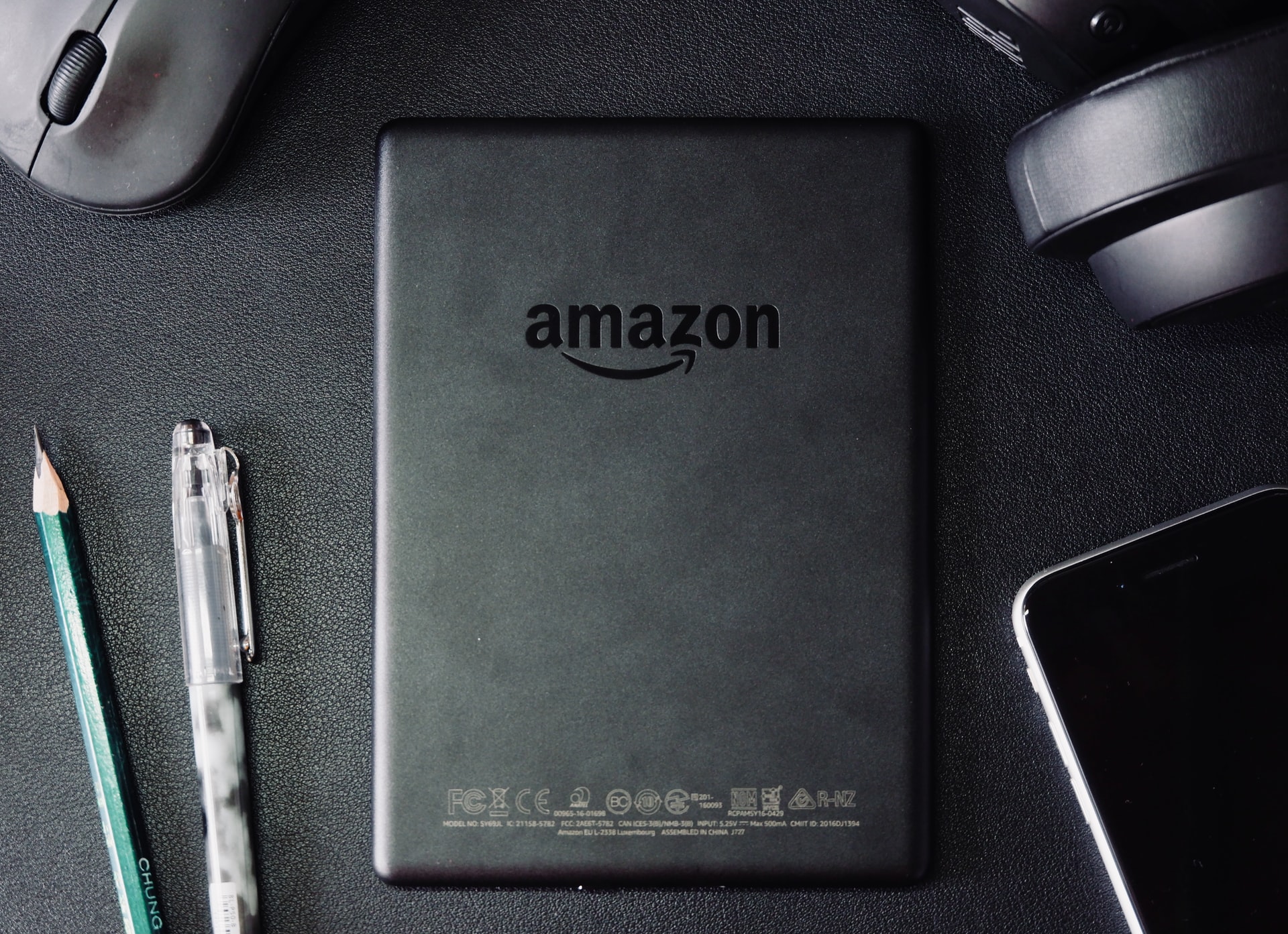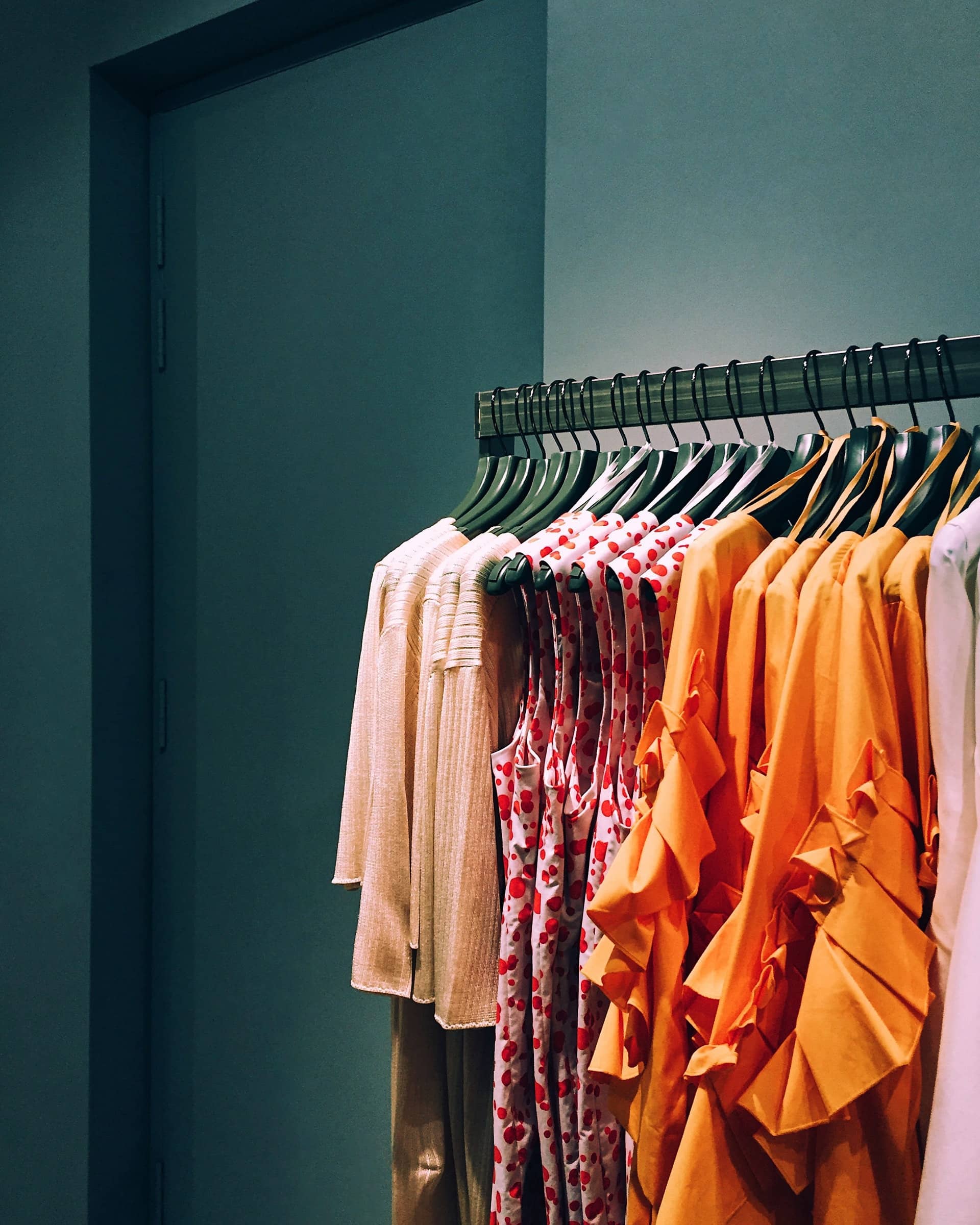Selling clothes on Amazon can be a profitable venture, particularly if you know what you are doing. Although the online shopping platform is a hotspot for products like electronics and homeware, in the past, Amazon has posed a challenging retail space for the fashion industry. We’ll delve into the challenges clothing retailers face, what has changed to make selling on Amazon an attractive endeavor, the Amazon programs that can make your life easier, and how to get started.
IMAGE: UNSPLASH
What Are The Challenges?
While Amazon makes it easy for people to buy and receive products quickly, the e-commerce site poses a few challenges for sellers. Since customers cannot try on the clothing before making a purchase, there is a high rate of returns. Also, unless your product is one-size-fits-all, you will need to carry a large amount of stock and list a variety of sizes and colors while ensuring consistent quality since all reviews for the product are accumulated.
It’s also essential to be aware that every sale on Amazon attracts a referral fee, which is higher than average for clothing, and wholesalers or resellers need the approval to sell products from another brand, such as Nike.
What Has Changed?
In the US, clothing sold on Amazon currently accounts for 34-35% of all online clothing sales, taking a large segment of the industry. Whether you are just getting started or are looking to expand your online presence, the megaretailer is an attractive storefront for your apparel.
One of the major reasons customers are now buying clothes from Amazon is due to the Covid-19 pandemic. Restrictions made shopping in-store very difficult, giving consumers little choice but to buy clothing online. Lack of in-store trade caused many retailers to go under, and once shoppers were able to return to the shops, the lack of open stores drove us to continue to shop online.
From a seller’s perspective, seller restrictions have eased on Amazon so that small retailers can launch their clothing brands rather than just new sellers. Furthermore, Amazon has launched several programs that ensure greater success for clothing brands and reform the online experience for customers.
Amazon Fashion Programs
Over the last few years, Amazon has launched several fashion programs that give sellers many options to reach their chosen audience. For example:
Luxury Stores
This space is exclusive to Prime members who have access to designer brands by invitation-only. Customers can add themselves to a waiting list and, once accepted, are able to see 360° views of the merchandise. Sellers are able to maintain control over inventory and pricing and can experience a new surge of sales at a time when their physical stores are struggling.
Brand Pages
Unlike typical product pages, a brand page allows you to provide a personised shopping experience while telling your own story about your brand and apparel, etc. Some brands see up to 70% more sales on their pages over a period of a month. Alongside this program, sellers can use Amazon Store Insights, which is a tool that enables you to measure the effectiveness of your Amazon shopfront.
Prime Wardrobe
Available to Prime members, this try-before-you-buy service enables customers to order a maximum of six items of clothing and pay for what they keep. By making it easy for customers to return items free of charge, they are able to try on clothes as they would in-store. At the moment, clothing sellers can only access this program by invitation.
The Drop
Customers can access fashion collections on the Amazon app or from a mobile website. Each collection is “dropped” for 30 hours, allowing shoppers to buy made-to-order, influencer-inspired styles. This approach creates a sense of urgency to buy, reduces waste, and saves retailers from having to stock multiple sizes and colors.
Influencer Program
Influencers with large followings on Instagram, Facebook, Twitter or YouTube can use this program to direct customers to their Amazon shopfront. Although fees vary depending on the category, influences receive a commission for each sale of a recommended Amazon product or service. Influencers are vetted by Amazon to see if they are relevant enough to qualify, but this can be a great way to monetize your platform.
How Do I Get Started?
If you have a customer account, you can start selling from there, but it’s more professional to create a seller account for your brand.
Choose A Plan
Before you register your account, you will need to decide which plan you would like to go with. An Individual plan is good if you are just starting out and aren’t exactly sure what you will be selling. You pay Amazon 75p for each item you sell, and you can sell up to 35 items a month. A Professional plan is good if you are likely to sell more than 35 items a month. You pay Amazon £25 a month, and you get access to extra programs and selling reports.
Create A Seller Account
When you set up your seller account, you will need to enter your business email address, credit card details, passport or national ID information, company registration details and VAT number, phone number, and bank details for receiving payments.
Request Approval
Some products, such as clothing, require approval from Amazon before you can sell them to ensure that they meet Amazon’s certification standards. Once you have created your seller account, you can sign into Seller Central, add a product through the Catalogue and then start the application process by clicking on Request approval.
Create Products Listings
Once you have received approval, you will need to create product listings in Seller Central for each of your items. Each product is given an identifying number, and in the case of apparel, the product identifier is called a GTIN. Each product also gets a stock-keeping unit (SKU) which enables you to track your stock.
You will need to provide the details of your item, including a title, the brand, category, description, images, price, condition, availability, and shipping options. One of the reasons clothing gets returned is because customers are unable to see the item in person. Therefore, the better your product listings are, the better your sales will be and the fewer returns you are likely to see.
SEO & PPC
It is important to use keywords and search terms that will help customers to find your items. This is referred to as search engine optimization (SEO) and in principle, Amazon SEO is the process that involves optimizing your product listings to increase visibility and drive traffic to your products. When it comes to Amazon Pay Per Click (PPC), it is an organic way to rank your products higher in search results where you’re bidding on keywords.
However, it can take a lot of practice and expertise before you really know what you are doing. Where it gets complicated is knowing which words will drive the most traffic and which will be acceptable to Amazon’s terms and conditions for sellers.
The best method to make sure you are not breaching any restrictions while providing the most relevant information is to use an Amazon management agency. A team of experts, with the help of Amazon PPC advertising services and SEO efforts, can ensure your listings rank high as well as attract more buyers through paid advertising.
Choose A Fulfilment Method
Once you have listed your products, you will need to decide how you are going to get your orders to your customers. You can fulfill orders yourself, which is referred to as Fulfilled by Merchant (FBM), or you can get Amazon to do it for you, which is called Fulfilled by Amazon (FBA).
FBM is good for sellers who have a small amount of stock or who use a third-party provider for their logistics. However, you remain responsible for ensuring orders reach customers on time, handling customer inquiries, and dealing with returns. FBA offers several benefits, such as Prime eligibility, better visibility, and Buy Box advantages. Amazon also handles storage, shipping, customer service, and returns. However, there are fees and storage changes, and the profit margins are lower.
The Takeaway
Selling clothing on Amazon can be a lucrative business, but it comes with several challenges, from the need for varied inventory and fulfillment considerations to how to optimize your product listings and handle the high rate of returns. The attraction is that the pandemic has created a stronger dependency on e-commerce, and services like an Amazon management agency make it easier than ever for you to get started.
IMAGE: UNSPLASH
If you are interested in even more business-related articles and information from us here at Bit Rebels, then we have a lot to choose from.


COMMENTS